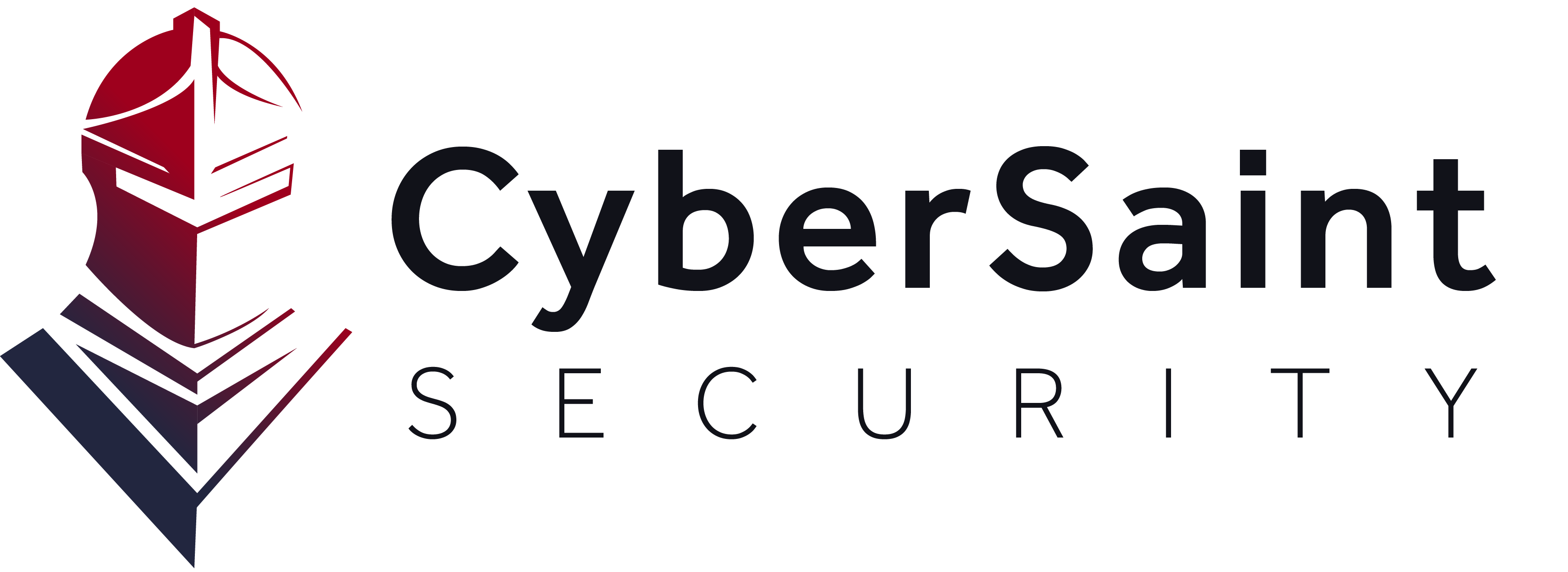In response to the escalating threat landscape and the increasing frequency of cyberattacks, governments worldwide have been developing and updating cybersecurity laws to protect individuals, businesses, and critical infrastructure. Key developments in this realm have been characterized by a shift towards comprehensive regulations addressing data protection, breach notification, and critical infrastructure security.
The advent of AI and the evolution of cyber threats have significantly influenced the landscape of cybersecurity laws. Traditional legal frameworks struggled to keep pace with cyberattacks' dynamic and sophisticated nature, prompting lawmakers to adapt and introduce more agile and responsive regulations.
Data Protection and Privacy Laws: The introduction of stringent data protection and privacy laws reflects the growing recognition of the need to safeguard personal information. These laws impose strict requirements on organizations regarding collecting, processing, and storing personal data, emphasizing transparency and user consent.
Breach Notification Requirements: Many jurisdictions now mandate prompt and transparent disclosure of data breaches. Organizations are legally obligated to notify individuals affected by a violation and, in some cases, regulatory authorities. This shift towards transparency empowers individuals to take necessary precautions and allows regulators to respond swiftly to emerging threats.
Critical Infrastructure Protection Laws: Governments have increasingly recognized the vulnerability of critical infrastructure sectors, such as energy, finance, and healthcare, to cyber threats. Consequently, laws and regulations have been enacted to establish cybersecurity standards for these sectors, ensuring a resilient defense against potential attacks that could have far-reaching consequences.
Impact of AI on Lawmaking
Integrating AI into cyber threats and attacks has presented unique challenges for lawmakers. AI-driven cyber threats can operate autonomously, adapting their tactics in real-time, making traditional legal frameworks less effective. Consequently, a growing emphasis is on incorporating AI-specific considerations into cybersecurity laws.
- AI Governance and Accountability: As AI technologies become more prevalent in cybersecurity attacks, lawmakers are exploring ways to establish governance frameworks that hold organizations accountable for AI's ethical and secure use. This includes considerations for transparency, explainability, and responsible AI practices.
- Dynamic Regulations: The dynamic nature of AI-driven cyber threats necessitates regulations that can adapt rapidly. Lawmakers are exploring frameworks that enable continuous monitoring, assessment, and updating of regulations to stay ahead of evolving threats.
- International Collaboration: Given the global nature of cyber threats, international collaboration is pushed to develop AI-specific cybersecurity laws. Coordinated efforts are crucial to creating a unified front against AI-driven threats and ensuring a consistent regulatory environment across borders.
Integrating AI into cyber threats has prompted reevaluating traditional legal approaches, emphasizing the need for agility, transparency, and international collaboration in the face of rapidly evolving cyber challenges.







